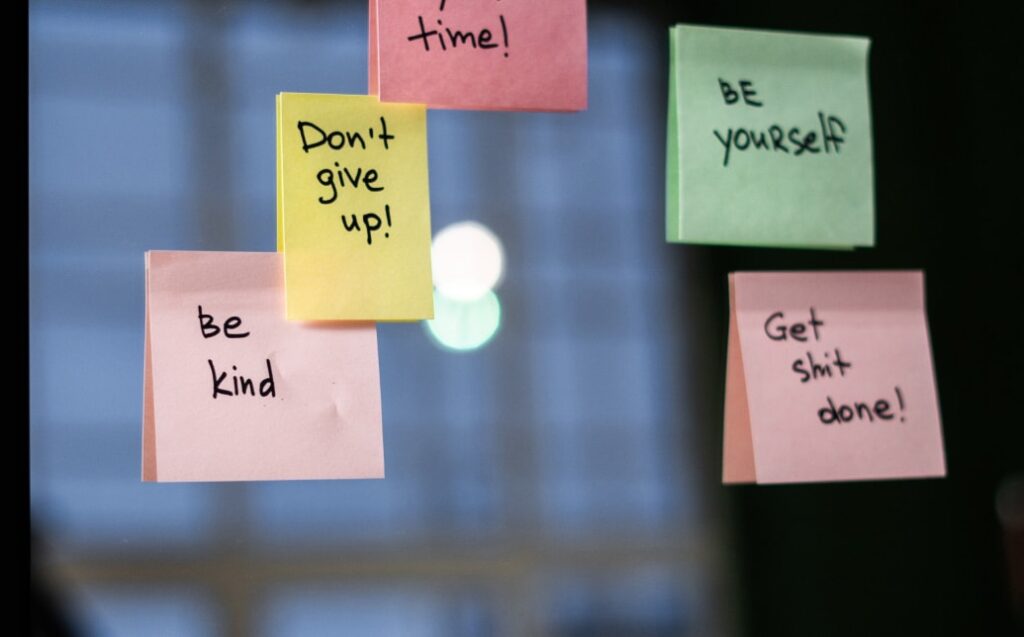When the world shifted in 2020, so did the coaching room.
Suddenly, the conversations weren’t just about performance metrics or leadership development. They were about survival—emotional, mental, and organizational. The VUCA world (Volatile, Uncertain, Complex, Ambiguous) wasn’t a theoretical model anymore. It was the air we breathed.
The Coaching Room as a Mirror
In those early pandemic months, I remember a senior leader whispering, “I don’t know how to lead when I’m this scared.” That moment cracked open a truth: leaders were expected to hold space for others while their own ground was shaking.
Coaching became less about providing answers and more about being present. We weren’t fixing—we were witnessing. Holding space for grief, for ambiguity, for the not-knowing.
What VUCA Feels Like in Coaching
- Volatility showed up as emotional whiplash. One day, hope. The next, despair.
- Uncertainty was the constant refrain: “Should I pivot? Pause? Push through?”
- Complexity emerged in the tangled team dynamics of remote work, blurred boundaries, and cultural dissonance.
- Ambiguity lived in the silence between words. The things unsaid. The fear of saying the wrong thing.
Leaders needed not just a strategy, but a sanctuary.
The Shift: From Performance to Presence
VUCA demanded a new kind of leadership—and a new kind of coaching. One that embraced:
- Heartset: Empathy over efficiency.
- Mindset: Curiosity over control.
- Skillset: Listening deeply, asking better questions, holding paradox.
We began coaching not just the “doing” of leadership, but the “being.”
In one session, a mid-level leader broke down, saying, “I’m leading a team I’ve never met in person. I don’t know if they trust me.” We worked on building virtual presence—how tone, timing, and transparency become your new body language.
What We Learned
- Coaching is not a luxury in crisis—it’s a necessity.
- The system speaks through emotion. Listen for what’s underneath.
- Resilience is relational. Leaders don’t bounce back alone—they ripple forward with others.

Looking Ahead
As we move into a post-pandemic world, the coaching room remains a sacred space. Not just for solving problems, but for surfacing wisdom. For reminding leaders that even in chaos, they are not alone.
Because coaching in crisis isn’t about having the answers.
It’s about being brave enough to sit in the questions.








